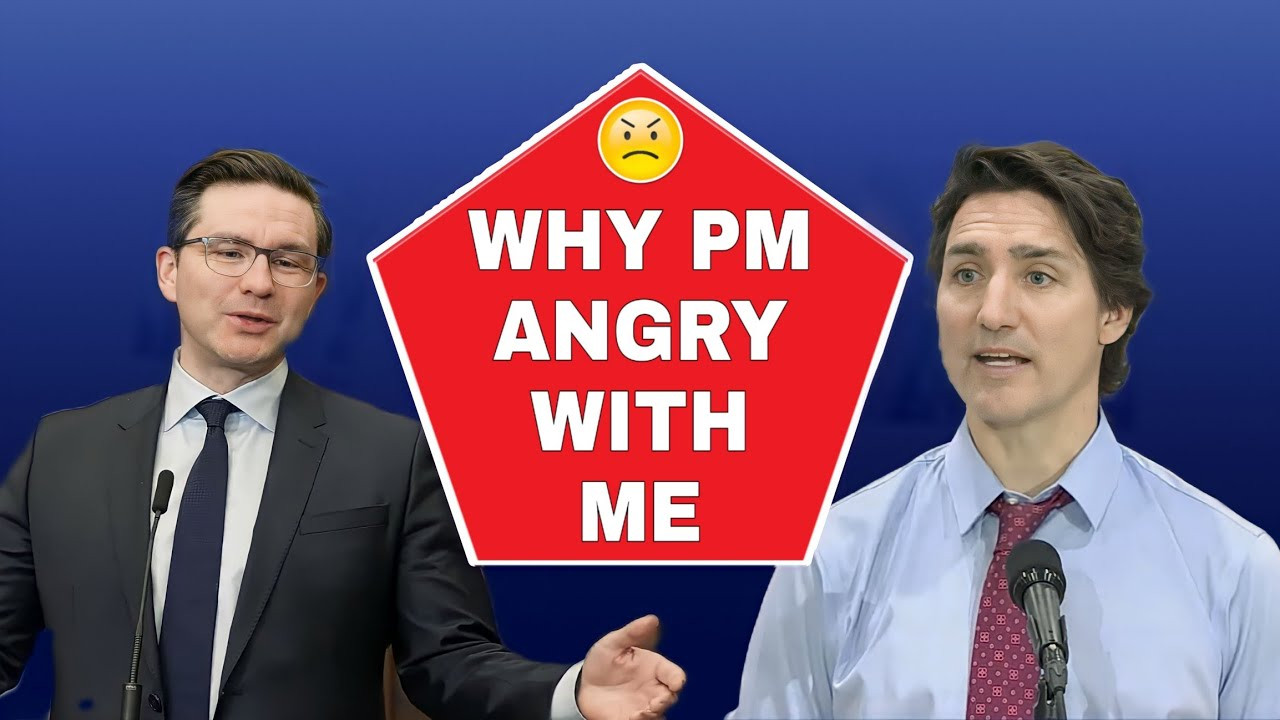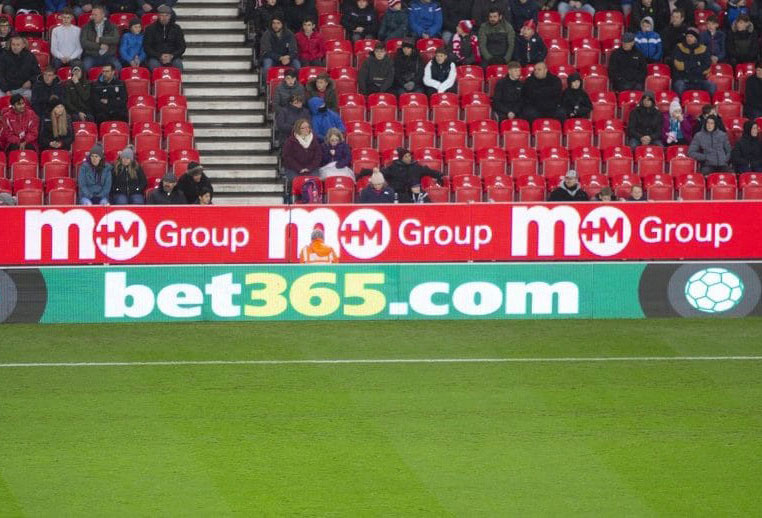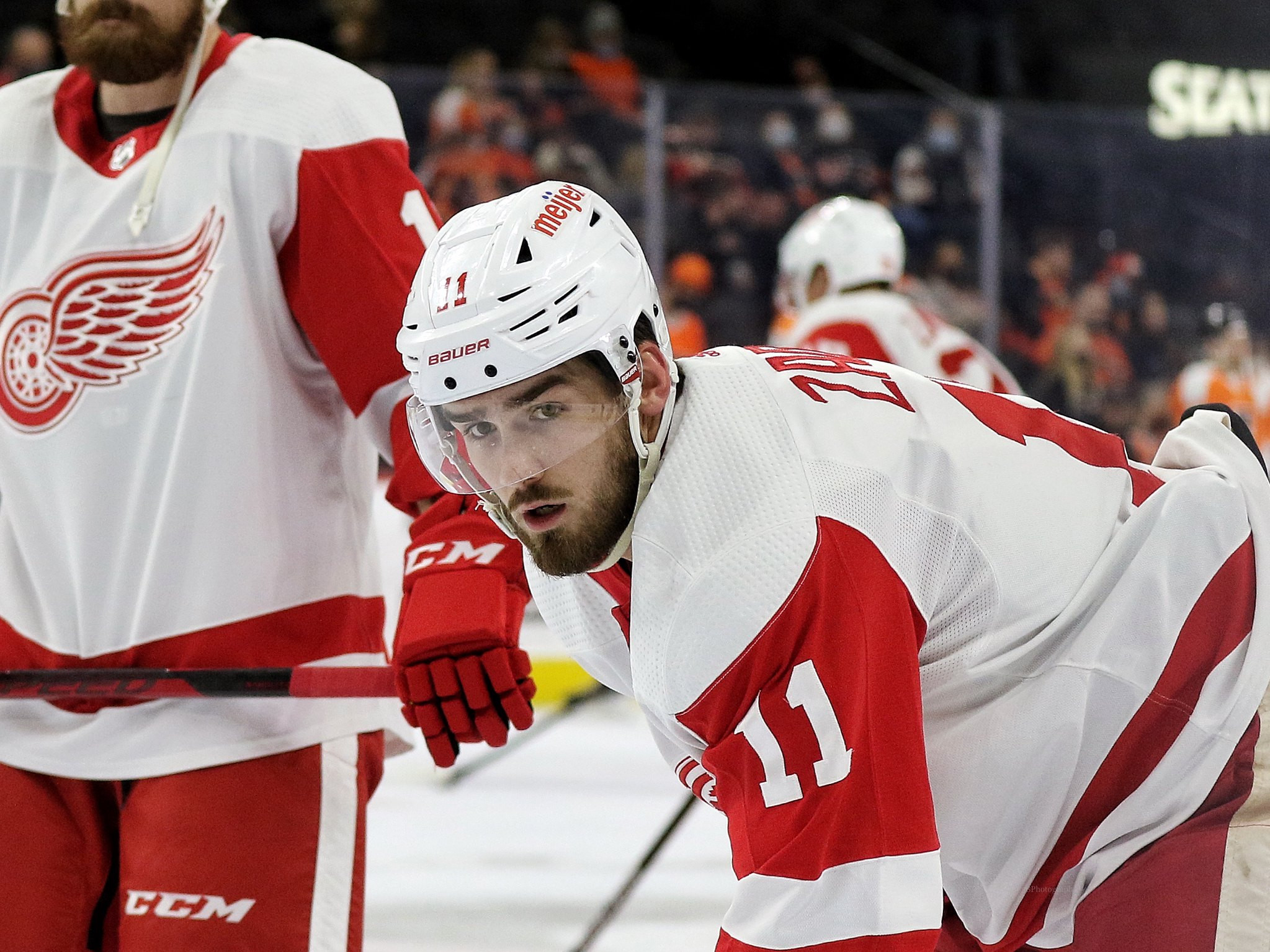RATHER than continuing with a set of footballing principles laid out by Stephen Kenny, it seems the airbrushing of the last three seasons is already underway.
In a Q&A session with a few hundred supporters in the Aviva Stadium on Wednesday night, Ireland’s new senior team manager Heimir Hallgrímsson stated he was on the look-out for a “bastard”.
In other words, a mean kicking machine in central midfield that would help unnerve the opposition, starting with England in the UEFA Nations League opener in Dublin on September 7.
Enough of this ‘playing through the lines’ and weaving pretty patterns between defence and midfield and back again.
The Icelandic’s crude phraseology will be music to many people’s ears as it’s true Ireland were too easy to play against during Kenny’s reign.
While the Dubliner went heavy on introducing a more modern ideology, it never contained sufficient bite or physicality.
That’s not to say becoming more physical is the answer to all of Ireland’s ills, as Hallgrímsson will soon discover a dearth of midfield quality when he gets his feet under the table.
At his belated unveiling as Republic of Ireland’s new manager on July 11, Hallgrímsson smiled politely as FAI Director of Football Marc Canham waxed lyrical that Ireland’s modern playing style – preached and practised by Stephen Kenny – would not be lost under a renowned pragmatist.
For the FAI made a big play out of this and wanted to retain Kenny’s stated modernity - a playing style that would seep through the underage ranks.
This was Irish football’s agreed vision for the future.
Things might not have worked out for Kenny on the international stage, who’s now managing St Patrick’s Athletic, but few could quibble with the theory.
Moreover, Germany and Spain saw the value in producing a template for all its teams to work off - and look how it worked out for them.
So, in effect, the new manager’s playing style would have to meet certain criteria outlined by his employers.
They couldn’t be at opposite ends of the spectrum.
“In really simple terms, and we’d spoken to Heimir, if he wanted to play a way that was completely different to what’s in our heads then he wouldn’t be sat here,” Canham said at the new manager’s unveiling last month.
“So, hence, there’s an alignment in terms of what we want the game to be.”
Words like flexibility and adaptability were convenient addendums in the conversation.
Which amounts to the new manager can play however he sees fit – and the vision outlined by Kenny becomes blurred.
You see, Kenny arrived onto the international scene at a time when Ireland’s way of playing under Giovanni Trapattoni, Martin O’Neill and, for a brief time, Mick McCarthy seemed desperately outmoded.
The football world had moved on – even the minnows realised this.
Ireland hadn’t.
Kenny articulated how the future might and should look.
For too long, the ball was treated like an imposter by successive Irish teams.
Their preference was route one football, backs to the wall stuff, be played off the park by teams like Georgia and maybe grab a fortuitous draw in Tbilisi.
Ireland had no right to feel in any way superior to teams like Georgia, but they did. Perhaps no more after Georgia’s technically excellent displays at Euro 2024.
Next to winning games, Ireland’s biggest problem under Stephen Kenny was that the performances were desperately beige.
The theory and practice were at odds with one another.
Despite Canham’s utterances on retaining a certain way of playing means nothing in reality.
This notion that Heimir Hallgrímsson doesn’t exactly have philosophical autonomy is bunkum.
After all, the FAI know they’ve hired a hard-nosed pragmatist.
All that stuff about vision and playing off a certain template are irrelevant.
From what Hallgrímsson was telling around 250 supporters in the Aviva Stadium on Wednesday night is that the Stephen Kenny vision for Irish football is dead.
When he was at the helm in his native country, Hallgrímsson made Iceland hard to beat and very good at set pieces.
Reflecting on his time with Iceland between 2013 and 2018, the earlier part of which was as co-manager, he told Irish supporters.
“For us it was, be the best defensive team in the world, we’re going to be the best set piece team in the world and we are going to have the best team spirit of all the teams.
“Every time we met, we tried to improve these things.
“In my opinion it is better, especially when you are an underdog team, to be really good at five things out of 10, rather than being semi good at 10.
“Focus on your strengths and try to win the games on your strengths. Don’t try to be good in all areas because probably if you are an underdog team you can’t be.
“If you are an underdog team you need to be pragmatic. You need to know where you can hurt the opponent.”
A bit like Trapattoni, O’Neill and McCarthy, Hallgrímsson isn’t interested in reading the glossy booklet on FAI philosophy.
His way couldn’t be any more different to Stephen Kenny’s.
The FAI is currently in a head space where it doesn’t really know what road to take.
Hallgrímsson is adamant about the road he’s taking - and it’s not too dissimilar to the one Trapattoni and O’Neill embarked upon.
The football mightn’t be pretty under Hallgrímsson as he goes in search of a “b******”.

















